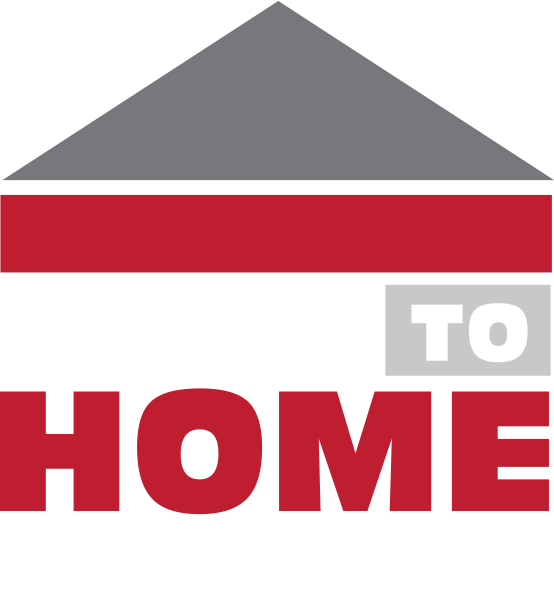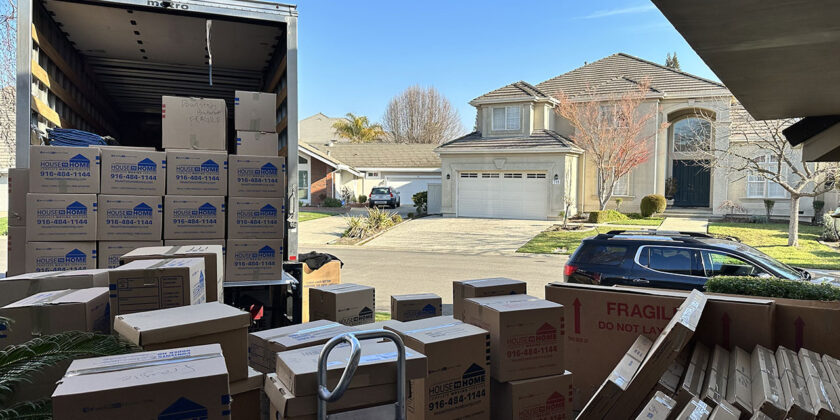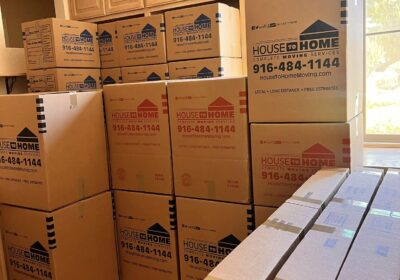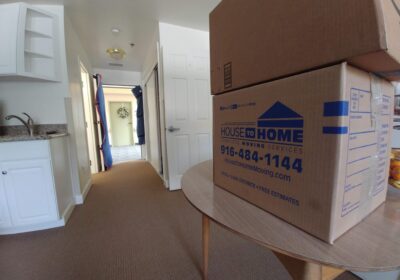Your budget, your belongings and your schedule will thank you for spending the extra time in advance determining the amount of boxes you’ll need.
Start by taking a thorough inventory of your belongings. Go room by room and make a list of all the items you plan to pack. This will give you a clearer idea of the volume of items you’re dealing with and help you estimate the number of boxes needed for each room. Keep in mind that some items, like clothing and linens, can be compressed to save space, while others, like fragile items, may require more padding and thus more boxes.
Next, consider the size and type of boxes you’ll be using. Standard moving boxes come in various sizes, such as small, medium, large, and extra-large. As a general rule of thumb, one large box can typically hold the contents of a dresser drawer or a couple of small appliances. Medium boxes are great for books, kitchen items, and smaller electronics, while small boxes are ideal for heavier items like tools and canned goods.
Finally, don’t forget to factor in any special items that require unique packaging, such as artwork, mirrors, or lamps. These items may need to be packed in specialized boxes or crates, which should also be included in your estimation. By taking the time to assess your belongings and plan accordingly, you can ensure that your moving process goes smoothly and that you have the right number of boxes to safely transport your items to your new home.
Use the quick chart below to get an idea of how many boxes you’ll need. (Keep in mind, however, that the longer you’ve lived in your home, the more stuff you will have accumulated.)
| Type of Home | Approx. No. of Boxes |
| Studio | 10 – 20 |
| 1 Bedroom Apartment | 20 – 40 |
| 2 Bedroom Apartment | 40 – 60 |
| 2 Bedroom House | 60 – 80 |
| 3 Bedroom House | 80 – 100 |
| 4 Bedroom House | 100 – 120 |
| Larger | 120+ |




